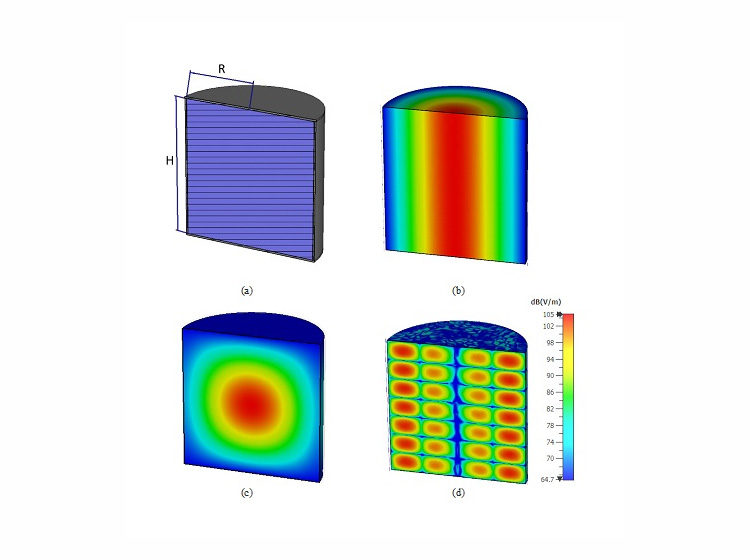The interest in tuneable radio frequency (RF) passive components has increased in recent years, driven by the need of high integration and cost minimization of the overall transmission system.
Tuneable directional couplers attracted attention in the 1980s driven by the requirement of adaptive power control monitoring. As an example, base station RF front ends require constant power monitoring as a means of control of interference to other users and, also, for adequate measurements of the received power. More specifically, optimum detection accuracy depends on the appropriate amount of sampled RF power coupled into the monitoring circuit. Furthermore, tuneable directional couplers can be used in the design of baluns with tuneable impedance transforming ratios.
In the design of tuneable couplers for power monitoring purposes, it is essential that the coupling is loose so that the power in the direct port shows little or no variation with the changes in the coupling coefficient. In this way, the amount of coupled power needed for optimum detection can be provided without a significant influence on the power in the direct port. This is different from the requirement imposed on conventional PIN diode-based amplitude modulators. PIN diode amplitude modulators are essentially variable attenuators, and usually require a tight coupling coefficient-normally provided in the form of a 3-dB coupler with PIN diodes placed in the circuit of the reflection loads.
Analysis and design of a novel variable directional coupler based on a parallel line directional coupler using the even-odd mode technique are proposed in this paper. In this coupler, the variation of coupling is achieved using a PIN diode, connected to the nominally coupled port of a parallel line directional coupler, while the output is derived from the normally isolated port. To verify the theory a parallel microstrip line coupler is fabricated on a substrate with εr = 3.66, h = 762 μm and tanδ = 0.006 and measured. The measured results show a variation in the transmission coefficient of nearly 20 dB, while at the same time, the change in the direct arm insertion loss is lower than 0.2 dB.




Leave a Reply